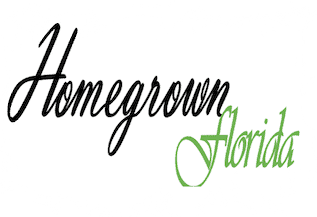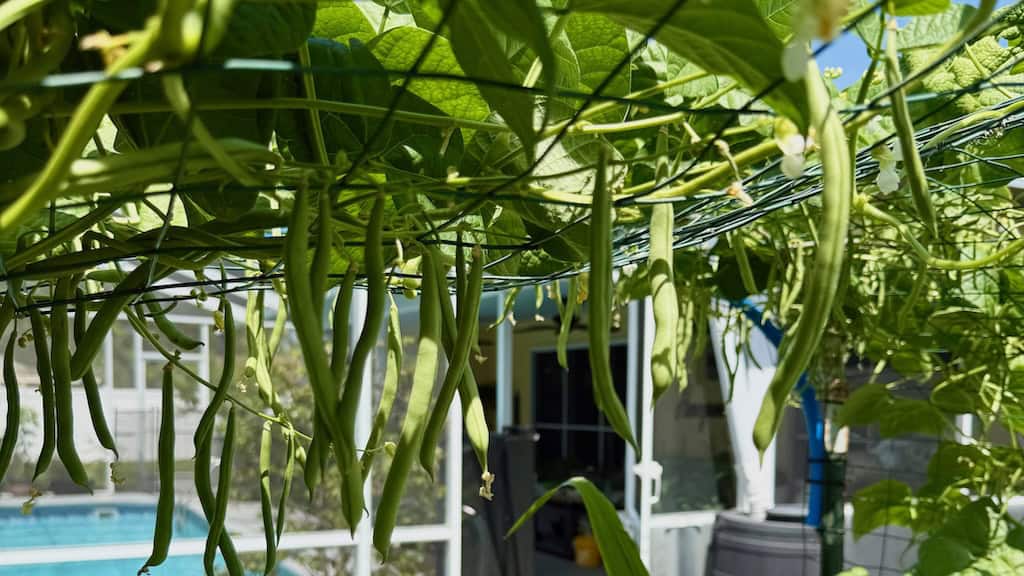Last Updated on May 9, 2025 by Homegrown Florida
I’ve been growing green beans in Florida for over a decade now—mostly bush varieties. I’ve had some good harvests over the years, but if I’m being honest, they never quite lived up to what I wanted. One of my big goals for 2025 was to grow a year’s supply of green beans for my family. And let me tell you, that goal sent me down a whole path of trial and error to figure out what really works here in Florida.
In this post, I’m breaking down my hands-on experiment comparing containers vs. raised beds, bush vs. pole beans, and different green bean varieties. If you’re looking to boost your bean harvests and maybe even stock your freezer for the year, this one’s for you.
Table of Contents
This post may contain affiliate links. Read full disclosure here.
The Setup: Testing It All
I started by asking myself: Why aren’t my green beans producing as much as they should? I’ve tried all the standard bush varieties—Contender, Provider, Blue Lake. I’ve grown them in raised beds, in containers, and even in-ground. But no matter what, it always felt like a lot of work for a small bowl of beans.
So this season, I decided to test it all. I planted beans in my GreenStalk container garden, in my raised beds, and I finally tried pole beans alongside my corn and squash for a classic Three Sisters combo.
Containers vs. Raised Beds: Any Difference?
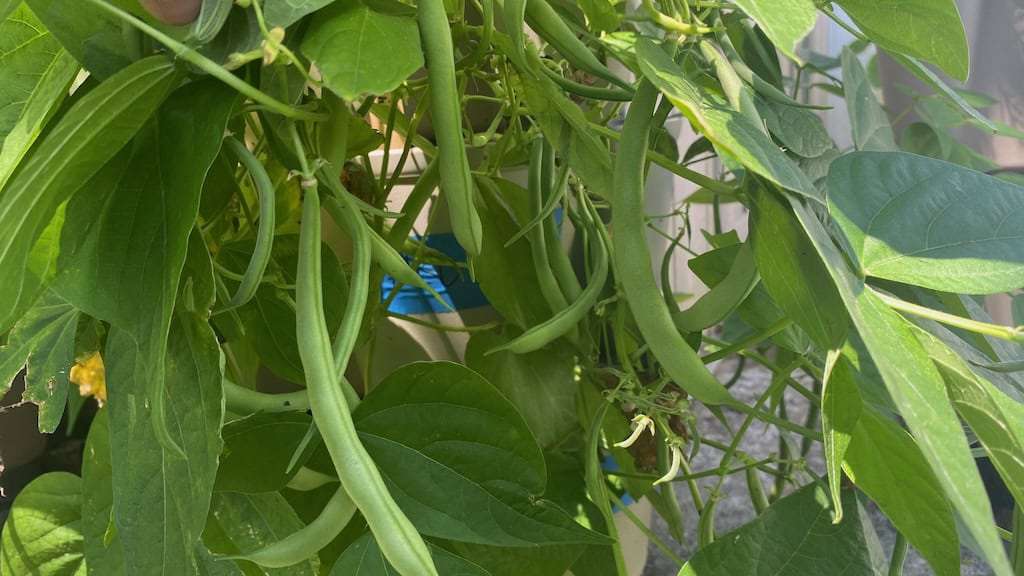
Container Results
Let’s start with my GreenStalk. I planted 13 bush bean plants, spacing them with just two per pocket instead of the recommended three—because I’ve learned from past seasons that overcrowding kills productivity.
The result? A handful of beans. Literally. I harvested enough for one dinner, maybe two if I stretch it. That’s not nothing, and the container does make gardening super convenient, but it’s not going to cut it for a year’s supply. The first harvest was better than the second, but even at their peak, they were just… okay.
Raised Bed Results
Then we’ve got the raised bed. I didn’t grow green beans in Florida in that bed this time around—I had dry beans in it—but based on past seasons, I can confidently say the performance is about the same as containers, maybe slightly better.
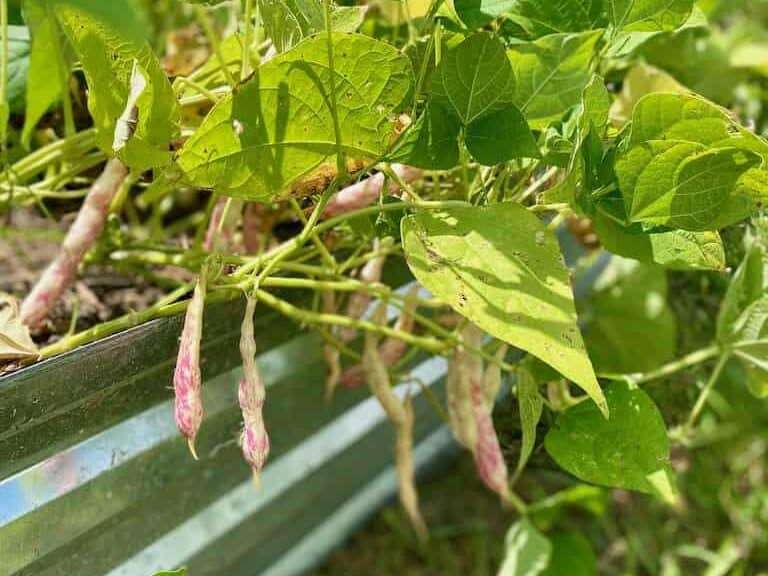
Why? Raised beds have deeper soil, better drainage, and let roots go down into the native soil. So you’d expect more productivity. And yes, I can cram more plants into a raised bed, which helps. I had around 30–35 plants spaced about 6 inches apart in just half of a 4×4 bed. They looked great, flowered well, and gave me a modest second flush. But again, not anywhere near the yield I’d need to preserve beans long-term.
So Is It the Variety?
Over the years, I’ve tried most of the standard bush bean varieties that do well in Florida: Provider, Contender, and Blue Lake Bush. Provider always germinated well for me, but honestly, it’s the least productive of the bunch. Contender? That one’s been my best performer overall—bushy, strong, and a decent harvest. Blue Lake Bush tends to produce a bit less per flush, but it keeps going longer, so in the end it’s about equal with Contender.
But here’s the thing: even the best varieties of bush beans have a short productive life. You might get two or three flushes—if you’re lucky—before pests, nutrient issues, or fungal disease take them down. Right now, I’ve got bean leaf rollers chewing holes through my leaves, and I’ve seen rust and nutrient deficiencies creeping in. That’s just Florida life for you.
These plants are short-lived, kind of like lettuce or radishes. They give you a quick harvest, then peace out. And unless you’re succession planting every few weeks, you’re going to hit a harvest wall fast.
The Big Discovery: Pole Beans Outperform Bush Beans—Big Time
So here’s where it gets exciting. I planted nine Blue Lake pole beans—yes, only nine plants—in one of my garden beds with corn and squash to try out a Three Sisters setup.

And oh my gosh, y’all… these pole beans are changing the game.
They were slow to start. Took forever to climb the trellis, and they didn’t even flower until they were about a foot and a half tall. But once they started producing? It was nonstop.
Each plant has flower sets just inches apart up the vine. I’m harvesting beans almost daily now, and I’m getting way more per plant than I ever have with bush beans. Easily double or triple the harvest from my 13 container bush bean plants—and that’s just from one pole plant.
And the crazy part? They’re just getting started. These vines are just now hitting their stride. The flowers keep coming, and I’ve already got a rhythm going where I harvest, blanch, and vacuum seal batches for the freezer.
I genuinely think these nine plants might provide my family with enough green beans in Florida for the year. I’ll be updating you throughout the season to confirm that, but so far, I am blown away.
But… What About Space?
Of course, pole beans aren’t perfect. The biggest drawback is they need vertical space. These are climbers—they’ll easily outgrow a short trellis or tomato cage.
But here’s the good news: you don’t need a fancy setup. They’re not heavy, so a bit of chicken wire, a DIY bamboo tripod, or even a section of wooden fencing can do the trick. If you’re growing in containers, think creatively! A tomato cage, some twine, a stake—they’ll climb almost anything with a bit of texture.
And because they’re so productive, you don’t need a ton of plants. I’m working with nine right now, and honestly, it’s probably all I need.
Final Thoughts: Green Beans in Florida
Here’s what I’ve learned, loud and clear: If I want to grow a year’s supply of green beans in Florida, I’m going with pole beans.

Bush beans are great for quick harvests, small spaces, and fast growing. But they’re not going to fill your pantry unless you’re planting hundreds of them and succession planting constantly. For me, it’s not worth the space or effort.
Pole beans might need a bit more patience upfront and a little bit of infrastructure, but once they get going, they are productivity machines. I’ll still grow some bush beans for early-season harvests and quick meals, but the backbone of my green bean stash? Pole beans all the way.
If you’re looking for even more detailed guidance on growing veggies here in Florida—like when to start seeds, how to manage pests, and what varieties really thrive—don’t forget to check out my ebook! It’s got a chapter for every single vegetable and is packed with everything I’ve learned over the years gardening in Florida.
Happy gardening, friends—and may your bean harvests be bountiful!
